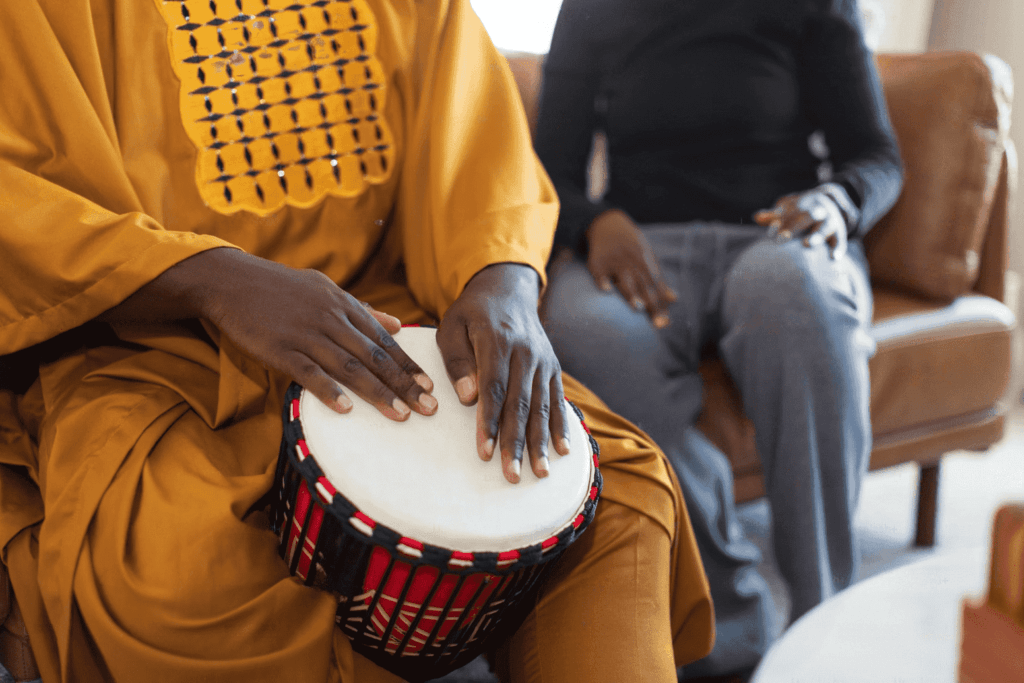© Copyright 2019. Designed by Oscar dev

In the heart of Ghana’s Volta Region, the Hogbetsotso Festival stands as a powerful symbol of freedom, unity, and cultural heritage. Celebrated on the first Saturday of November in Anloga—the spiritual and traditional capital of the Anlo people—this festival marks a significant chapter in their history: their escape from oppression and their journey to freedom.
Historical Roots of Hogbetsotso
The origins of Hogbetsotso date back to the 17th century when the Anlo-Ewe people fled from the tyrannical rule of King Agorkoli in Notsie, a walled city in what is now Togo. According to legend, to escape the city’s mud walls, which were initially impenetrable, the Anlo women cleverly softened a section of the wall by pouring their wastewater on it. This strategic act enabled the people to break through and embark on a daring exodus to their current settlements in the Volta Region of Ghana. Their journey was marked by cunning tactics like walking backwards to confuse any pursuers, a clever ruse that has been immortalized in the festival’s traditions.
Celebrating Freedom and Unity
The Hogbetsotso Festival is much more than a historical commemoration; it is a vibrant affirmation of peace, unity, and communal renewal. Before the grand festivities begin, the community engages in extensive cleaning campaigns from the estuary of the Volta River, symbolizing purification and readiness for a new beginning. This is followed by peacemaking ceremonies where disputes are resolved, echoing the ancestral beliefs that harmony among people is essential for prosperity and success.
The festival reaches its climax with the grand durbar of chiefs and people of Anlo. During this event, chiefs dressed in colorful regalia receive homage from their subjects. This spectacular gathering is filled with drumming, dancing, and singing, notably featuring the traditional Agbadza dance. The Agbadza, originally a war dance mimicking the movements of birds, is performed with vigor and serves as a lively expression of joy and gratitude towards the ancestors and gods.
Cultural Significance and Tourism Impact
Hogbetsotso not only serves as a cultural pillar for the Anlo people but also as a significant tourist attraction that draws visitors from around Ghana and across the world. It offers a unique opportunity for cultural education and exchange, allowing tourists to witness the rich traditions and resilient spirit of the Ewe community. The festival’s impact extends beyond the celebration, fostering community development and unity, and enhancing the local economy through increased tourism.
In Conclusion
Attending the Hogbetsotso Festival offers an immersive experience into the heart of Ewe culture, filled with historical reenactments, traditional music, and communal joy. It’s a poignant reminder of the power of unity and the enduring spirit of a people who triumphed over adversity. For those interested in the rich tapestry of Ghanaian culture and history, Hogbetsotso provides a compelling and enriching journey into the past and present of the Anlo-Ewe people.
For anyone planning to visit Ghana, timing your visit to coincide with the Hogbetsotso Festival in November is highly recommended. It’s not just a festival; it’s a vibrant celebration of life, liberty, and the shared values that continue to shape the Anlo community.
I created this site, Travel to Discover Ghana.com to share my passion about my country, and for my fellow Ghanaians and Non Ghanaians interested in knowing Ghana.
© Copyright 2019. Designed by Oscar dev